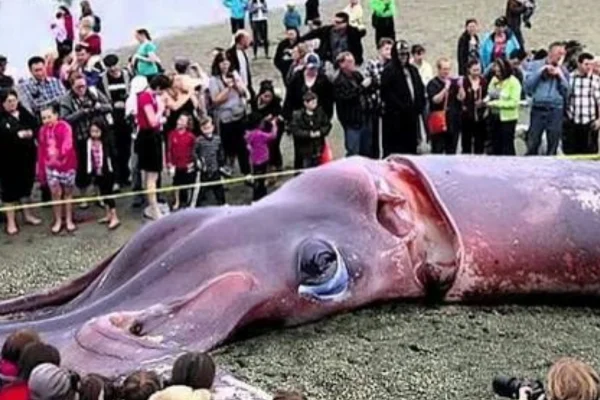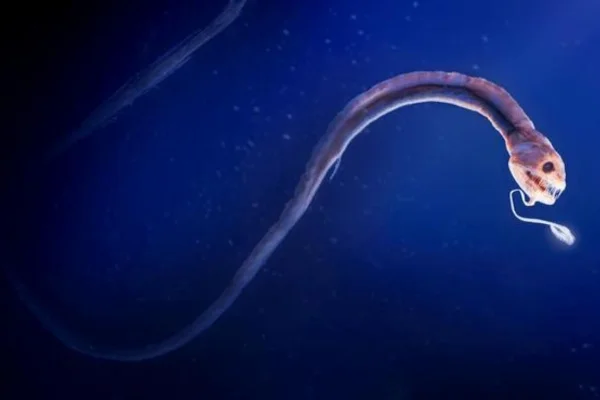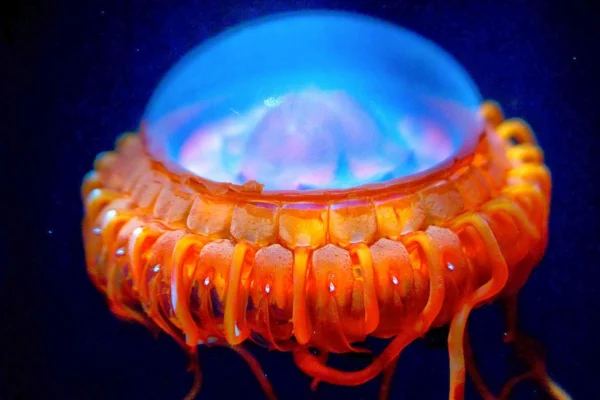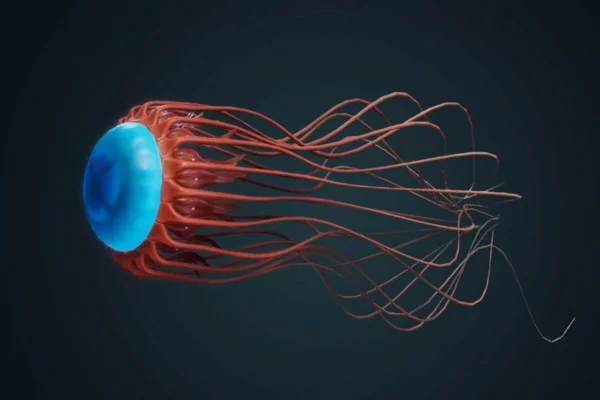The Giants of the Ocean: Bioluminescent Creatures of the Deep
The ocean, with its mysterious vastness, has always captivated the human imagination. In the dark depths, where sunlight cannot penetrate, live some of the most fascinating and enigmatic creatures on the planet. Among these underwater wonders are the bioluminescent giants, beings that glow with a light of their own and transform the darkness of the ocean into a spectacle of light and color. In this article, we'll explore the world of these impressive creatures, understanding their characteristics, the science behind bioluminescence and their role in the marine ecosystem.
The Phenomenon of Bioluminescence
Bioluminescence is the ability of living organisms to produce light through chemical reactions in their bodies. This phenomenon is quite common in the depths of the ocean, where the absence of sunlight makes the ability to generate light a significant evolutionary advantage. The chemical reaction that produces the light involves luciferin, a pigment that emits light when oxidized, and luciferase, an enzyme that catalyzes this reaction. The result is a cold, bright light that can vary in color, intensity and pattern.
Bioluminescent giants
- Giant squid (Architeuthis dux)

The giant squid is one of the most iconic creatures of the ocean depths. These squid can reach impressive lengths of up to 13 meters, and their colossal size is only surpassed by their intriguing behavior. Giant squid have special organs called photophores, which emit bioluminescent light. This ability is used both to attract prey and to confuse predators. The bioluminescence of giant squid can also serve as a means of communication between individuals, creating a visual spectacle on the seabed.
Contents
- Dragonfish (Stomiidae)

Dragonfish are a family of ferocious predators that inhabit the depths of the ocean. They are known for their long, slender bodies, jaws full of sharp teeth and ability to produce light. The dragonfish's bioluminescence is particularly adapted to hunting in the abyssal darkness. They have photophores in their beards and under their eyes, which emit a red or blue light. This light is used to illuminate their prey without being detected, since many deep-sea fish cannot see red light.
- Fire jellyfish (Atolla wyvillei)

Fire jellyfish are ethereal creatures that seem to float magically in deep water. With their long, thin tentacles, these jellyfish use bioluminescence as an impressive defense. When threatened, they emit a series of flashes of blue light, creating a stroboscopic effect that can disorientate predators. This light show not only confuses attackers, but can also attract larger predators that scare off smaller aggressors, providing a strategic escape for the fire jellyfish.
The Science of Bioluminescence
Bioluminescence is a fascinating field of study that involves biology, chemistry and ecology. Scientists have been investigating how and why these creatures developed the ability to produce light. Bioluminescence can have multiple functions, such as attracting mates, camouflage, disorientation from predators, and even communication between members of the same species.
Bioluminescence research also has significant practical applications. For example, fluorescent proteins derived from marine organisms are widely used in biotechnology and medicine. These proteins allow scientists to mark and visualize complex biological processes in real time, facilitating advances in the understanding of diseases and the development of new treatments.
Role in the Marine Ecosystem
Bioluminescent giants play a crucial role in the marine ecosystem. They are part of a complex food chain, where bioluminescence is a tool for both predation and defense. Bioluminescent light can attract prey, making them vulnerable to attack, while it can also disorient or drive away predators, allowing the bioluminescent creature to escape.
In addition, bioluminescence contributes to the recycling of nutrients in the ocean. When a bioluminescent creature dies, its body is consumed by other organisms, which absorb the nutrients and spread them throughout the ecosystem. In this way, bioluminescence helps maintain the ecological balance of the deep sea.
Curiosities and Recent Discoveries
- Deep Discoveries
With the advancement of underwater exploration technology, such as submersibles and aquatic drones, scientists are discovering more and more about the depths of the ocean and its bioluminescent creatures. In 2012, an expedition led by famous filmmaker James Cameron descended into the Mariana Trench, the deepest point in the ocean, revealing new species of bioluminescent creatures and providing valuable insights into life in the depths.
- Incredible Adaptations
The adaptations of bioluminescent creatures are varied and fascinating. Some species of squid, for example, have the ability to emit light intermittently, creating patterns of flashes that mimic the glow of the ocean's surface from below. This confuses predators and helps squid to camouflage themselves while hunting.
- Climate Impact
Climate change and ocean pollution are affecting marine life, including bioluminescent creatures. Ocean acidification, caused by rising carbon dioxide levels, can negatively impact the ability of some organisms to produce bioluminescence. In addition, light pollution caused by human activities near the coast also interferes with the natural patterns of light and darkness, affecting the behavior and survival of these creatures.
Enduring Fascination
Bioluminescence continues to captivate not only scientists, but also the general public. Films, documentaries and exhibitions in aquariums around the world bring the magic of the deep to the surface, allowing more people to appreciate the beauty and complexity of these creatures.
For many cultures, bioluminescent creatures have a special place in myths and legends. From stories of glowing sea monsters to tales of ancient spirits that light up the sea, bioluminescence has always sparked the human imagination. This enduring fascination highlights the deep connection between humanity and the ocean, a bond that continues to inspire the exploration and preservation of underwater wonders.
Conclusion
The bioluminescent giants of the ocean depths are a testament to the incredible diversity and adaptability of marine life. Their ability to produce light in an environment of absolute darkness not only intrigues scientists, but also provides valuable insights into the mechanisms of evolution and survival. As we continue to explore the vast and mysterious ocean, we are bound to discover even more about these fascinating creatures, deepening our understanding of the natural world and our appreciation for the hidden beauty of the deep.
Thanks for stopping by, check out our other work too
https://vettopbr.com/animais-marinhos/
https://vettopbr.com/tosse-em-caes/







